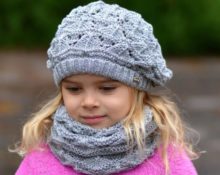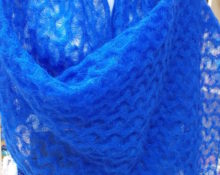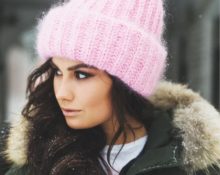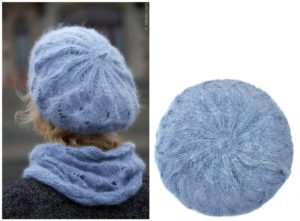 The variety of models of knitted women's hats is amazing. The skillful hands of craftswomen create so many variations: hats, snoods, shawls and, of course, berets. The last item is one of the most popular options, and it is quite simple to implement. Therefore, even a novice knitter can cope with its independent production. For this process you will need to be patient and perseverant, and also spend some free time. Let's take a closer look at all the stages of work.
The variety of models of knitted women's hats is amazing. The skillful hands of craftswomen create so many variations: hats, snoods, shawls and, of course, berets. The last item is one of the most popular options, and it is quite simple to implement. Therefore, even a novice knitter can cope with its independent production. For this process you will need to be patient and perseverant, and also spend some free time. Let's take a closer look at all the stages of work.
What you need to knit a mohair beret
One of the main actions that can affect the progress of the work and its final result is preparation for needlework. It consists of the following points.
- Model selection. This point completely depends on the personal preferences and taste of the future owner and the creative vision of the craftswoman.
- Taking measurements. To create a pattern and carry out knitting calculations, you will need to measure head circumference. The measuring tape should be placed across the forehead, above the ears and across the bottom of the head at the back. You will also need to know product depth. The measurement is taken from ear to ear through the back of the head.
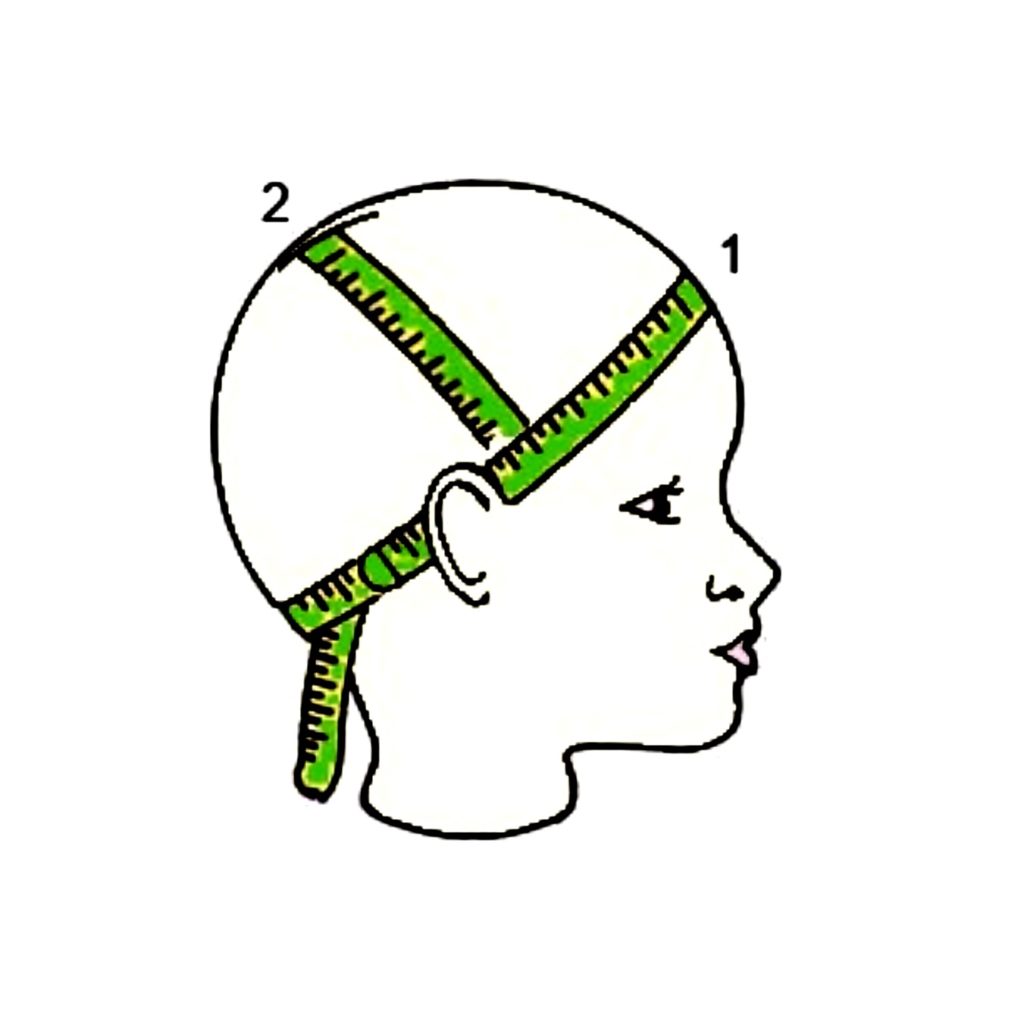
Attention! For correct calculation, it is necessary to make a sample of the pattern. As well as carrying out its wet-thermal treatment.
This action will allow for more accurate calculations and will reveal invisible flaws in the yarn, if any. For example, such as stretching or shrinkage of the thread.
Materials and tools
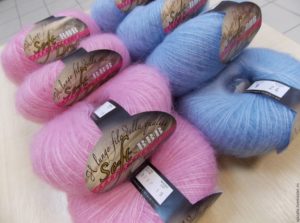 This stage of preparation begins with the selection of material. Since we are considering creating a product from mohair, we mainly The selection of thread will be carried out according to its density and the selected pattern of the model for women.
This stage of preparation begins with the selection of material. Since we are considering creating a product from mohair, we mainly The selection of thread will be carried out according to its density and the selected pattern of the model for women.
Yarn
- For openwork It is better to give preference to items thin fiber with parameters 450–500 m/100 g. This density will give the product greater airiness and emphasize the lace.
- For aranaceae weave use yarn average thickness 350–400 m/100 g.
- More dense Material options should be knitted in any satin stitch or garter stitch.
Reference! When using complex openwork and weaves, choose a plain yarn. If you want to knit a product from melange thread, then use simple weaves. Several colors and a complex pattern in one product will “clog” each other.
Spokes
The tool is selected according to the thickness of the thread. To do this, you need to bend the fiber in half and compare the resulting volume with the thickness of the knitting needle.
You can also use the manufacturer's recommendation. The recommended tool number is indicated on the skein label.
Another good option for determining the right tool is the following method. Make several samples with different needle numbers. Compare them with each other. Use the knitting needles that were used to make the pattern you liked best.
Scheme and pattern
You can create a pattern for making this headdress yourself or use a basic pattern. To use, you just need to adjust the pattern to your size.
There are several pattern options.
- For seamless variation and manufacturing across. With this method, the product is made in short rows;
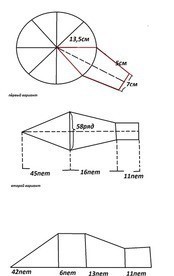
- Knitting from bottom to top, with adding and decreasing loops.
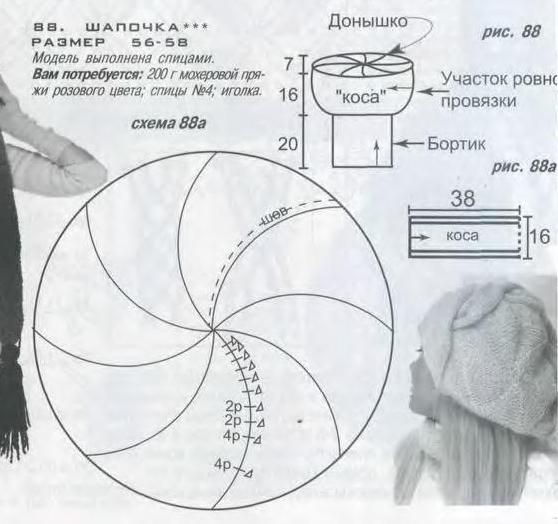
- Wedge-shaped version.
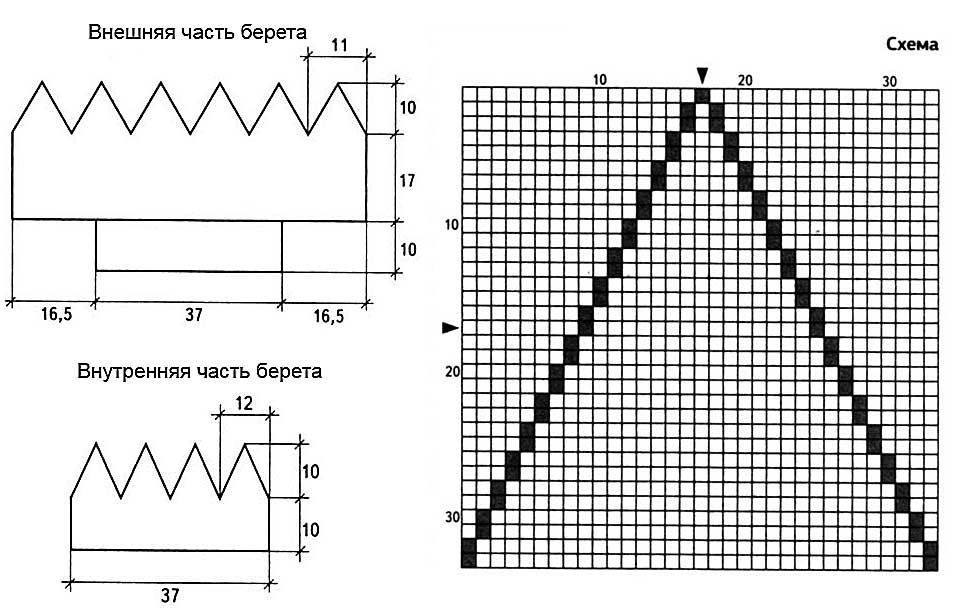
How to knit a mohair beret with knitting needles
To better understand the creation process, let's look at the making of this head with a detailed example. To make the pattern clearly visible, we chose a photo of a wool model. Made from mohair, the beret will look more romantic, airy, but will be even warmer.
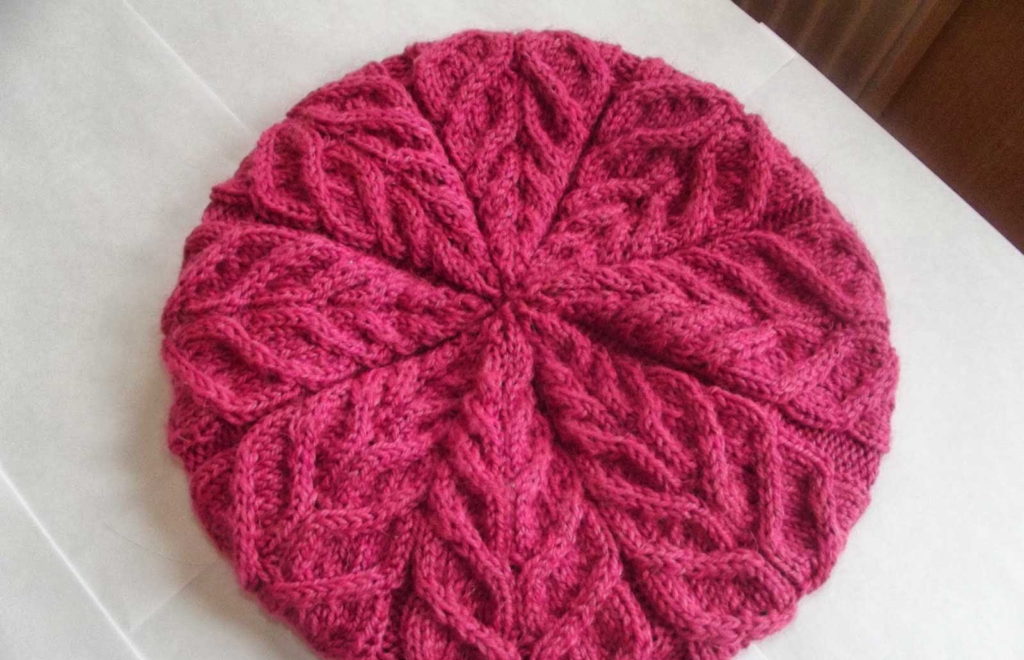
For making you you will need yarn of medium thickness (350 m/100 g) and knitting needles No. 3.5.
Description of work
- Create a pattern according to your measurements.
- Knit a sample pattern according to the pattern and perform the calculations.
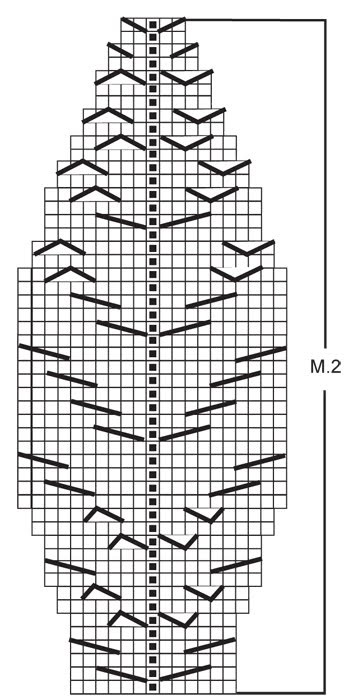
Attention! The proposed sample consists of eight wedges, but this is an individual indicator.
- Cast on the estimated number of stitches on the knitting needles and knit 5 cm with a 2x2 elastic band.
- On the last row, increase the number of stitches as needed.
- We knit wedges according to the pattern.
- Tighten the last loops with thread and secure it to the wrong side of the product.
- Conduct an OBE of headgear.
- At the end of the work, the knitted berets are dried. To give it its shape, the accessory must be dried in the correct form. To do this, straighten the top part. The beret can also be placed on an inverted three-liter glass jar.


 0
0